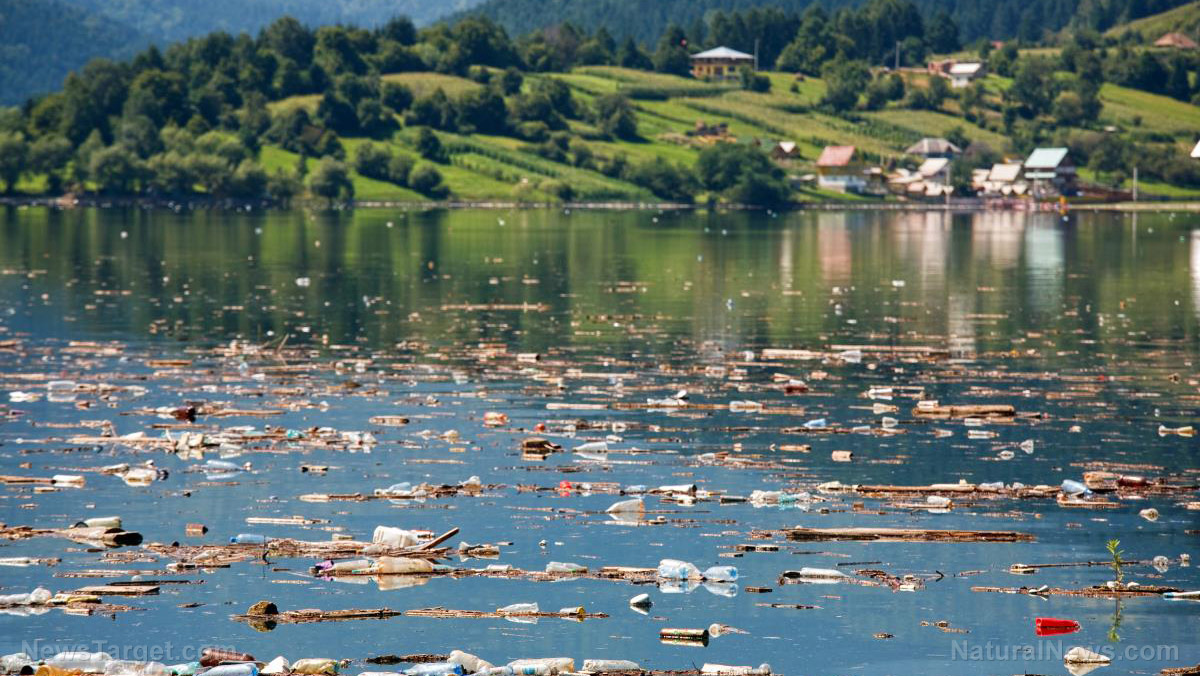
"Intensive animal production often produces large quantity of manure that cannot be fully recycled on the nearby land and can seriously affect freshwater systems," the researchers said.
As part of the study, the research team pooled data on different agricultural activities between 2002 and 2010. The experts also examined how much fertilizer was applied per crop in each country. Moreover, the scientists looked at protein consumption per capita per country in order to determine domestic and industrial phosphorus production. (Related: Chemical agriculture runoff destroying fresh water with toxic algae blooms)
The researchers observed that domestic sewage contributed most to the global phosphorus pollution at 54 percent, followed by agriculture at 38 percent, and industry at eight percent. The findings revealed that the phosphorus load from agriculture increased by 27 percent over the study period, from 525 gigagrams (Gg) or 579,000 U.S. tons in 2002 to 666 Gg or 734,000 U.S. tons in 2010.
The results also showed that human activity released 1.47 teragrams or 1.62 million U.S. tons of phosphorus into the world's freshwater bodies per year. According to the study, China contributed 30 percent of the freshwater phosphorus load, while India and the U.S. contributed eight percent and seven percent, respectively.
Study identifies the most polluted freshwater sources around the world
The research team was also able to determine the most severely polluted freshwater sources across the globe. The findings revealed that the most affected sources included the Aral drainage basin, the Huang-He (Yellow) river in China, the Indus and Ganges rivers in India, and the Danube river in Europe. According to the study, 89 percent of the anthropogenic phosphorus load within the Aral basin was associated with the domestic sector wastes.
Likewise, the researchers observed that cereal crop production in the Indus and Ganges basins contributed to total anthropogenic phosphorus loads of 10 percent and 17 percent, respectively. The study added that intensive crop production -- including vegetables, wheat, rice, maize, oil crops, and fruits -- contributed to 80 percent of the total phosphorus load in the Yellow river basin.
The research team also noted that while freshwater sources in Australia and Northern Africa showed significantly lower pollution rates, the areas had significantly less water to accommodate their increasing phosphorus loads. The scientists underscored the need for increased wastewater treatment coverage and phosphorus removal rates to reduce the loads from point sources.
"In order to reduce the loads from point sources, wastewater treatment coverage and P removal rates need to increase radically across the world. Reducing the application of P in agriculture as necessary environmentally, is possible in many cases without affecting agricultural productivities, and economically beneficial as well because of the savings in fertilizer use," the experts said.
"One way of reducing the application of P without affecting crop yield levels is by utilizing residual soil P. The accumulated residual soil P or legacy P from past excessive mineral fertilizers and animal manure applications is a valuable resource but can at the same time cause water pollution," the research team added.
Log on to Pollution.news for more stories on agricultural pollution of our world.
Sources include:
Please contact us for more information.























